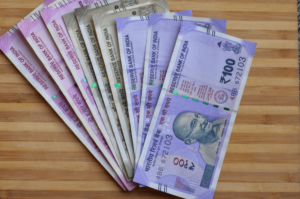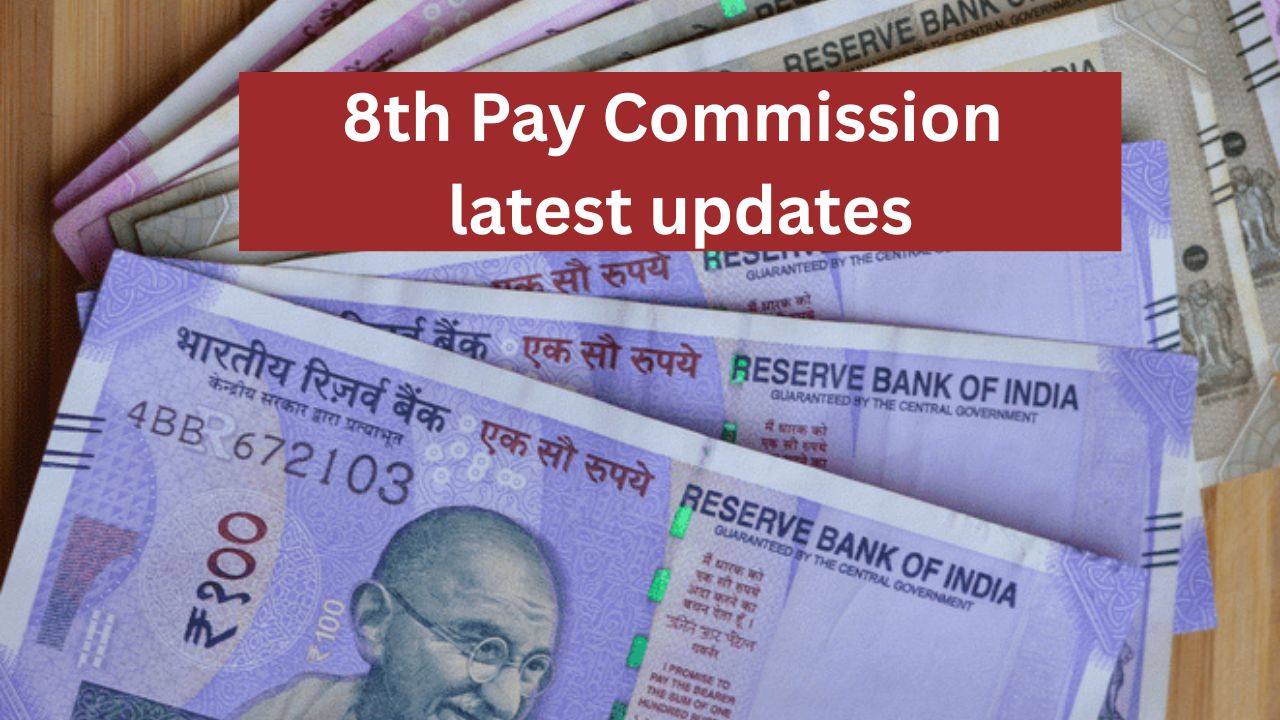The 8th Pay Commission Salary Slab has not been officially announced yet, as the commission itself is still to be formed. However, based on expert discussions and media reports, employees can expect a significant salary increase compared to the 7th Pay Commission.
Key Expected Changes in 8th Pay Commission Salary Slab:
Higher Minimum Basic Pay: The minimum basic pay may rise from the current ₹18,000 (7th CPC) to around ₹26,000–₹28,000 or more.
New Fitment Factor: A higher fitment factor is likely to be introduced. While the 7th CPC used 2.57, the 8th Pay Commission may recommend a factor as high as 3.68, leading to higher pay across all levels.
Merger of Dearness Allowance (DA): Dearness Allowance is expected to be merged with the basic pay, which will automatically boost allowances and benefits.
Revised Allowances: House Rent Allowance (HRA), Travel Allowance (TA), and other perks may be increased to match rising living costs.
Pension Benefits: Pension calculations will also be revised, ensuring retired employees benefit from the new pay matrix.
8th Pay Commission in depth
The 8th Pay Commission Salary Slab is expected to impact nearly 48.62 lakh central government employees and 67.85 lakh pensioners across India. According to early estimates, the revised salary could range between ₹20,000 and ₹25,000 as part of the upcoming pay revisions.
For a detailed breakdown of the proposed changes and benefits, you can explore the 8th Pay Commission overview in the table below.
| Implementation Authority | Department of Personnel and Training |
| Expected Fitment Factor | 2.28 |
| Expected Dearness Allowance | Expected to reach 70% by 2026 |
| Implementation Date (Expected) | January 1, 2026 |
| Minimum Wage Increase | From ₹18,000 to ₹41,000 |
| Pension Minimum | Higher pension amounts, timely disbursement |
| Beneficiaries | Central government employees and retirees |
official website : https://dopt.gov.in/

How to Calculate Gross Salary under the 8th Pay Commission (Expected)
If you want to estimate your gross salary under the upcoming 8th Pay Commission Salary Slab, you can follow these simple steps:
Step 1: Identify Your Current Basic Pay
Start with your basic pay as per the 7th Pay Commission pay scale.
Step 2: Calculate the Revised Basic Pay
Apply the fitment factor (expected around 3.0).
Revised Basic Pay = Current Basic Pay × 3.0
Revised Basic Pay=Current Basic Pay× 3.0
Step 3: Add Dearness Allowance (DA)
DA is usually a percentage of the revised basic pay. If we assume DA to be 50%, then:
DA = Revised Basic Pay × 0.50
DA=Revised Basic Pay × 0.50
Step 4: Include House Rent Allowance (HRA)
HRA depends on the city category:
Metro cities → 27% of revised basic pay
Tier-2 cities → 20% of revised basic pay
Tier-3 cities → 10% of revised basic pay
HRA = Revised Basic Pay × City Percentage
HRA = Revised Basic Pay × City Percentage
Step 5: Add Travel Allowance (TA)
TA varies depending on your job level and city classification.
Step 6: Calculate Gross Salary
Now, sum up all the components and subtract the standard deduction:
Gross Salary = Revised Basic Pay + DA + HRA + TA − Standard Deduction
Gross Salary=Revised Basic Pay + DA + HRA + TA − Standard Deduction
Example: Gross Salary Calculation (Assumed) — 8th Pay Commission Salary Slab
| Component | Formula | Example (7th CPC Basic ₹20,000) | Result |
|---|---|---|---|
| Step 1: Current Basic Pay | Given | ₹20,000 | ₹20,000 |
| Step 2: Revised Basic Pay | Basic × Fitment Factor (3.0) | 20,000 × 3.0 | ₹60,000 |
| Step 3: Dearness Allowance (DA) | Revised Basic × 50% | 60,000 × 0.50 | ₹30,000 |
| Step 4: House Rent Allowance (HRA) | Revised Basic × City % (Metro 27%) | 60,000 × 0.27 | ₹16,200 |
| Step 5: Travel Allowance (TA) | Fixed (example) | — | ₹7,200 |
| Step 6: Gross Salary Before Deduction | Sum of Revised Basic + DA + HRA + TA | 60,000 + 30,000 + 16,200 + 7,200 | ₹1,13,400 |
| Step 7: Standard Deduction | Fixed (example ₹5,000) | — | -₹5,000 |
| Final Gross Salary | ₹1,08,400 | ||

